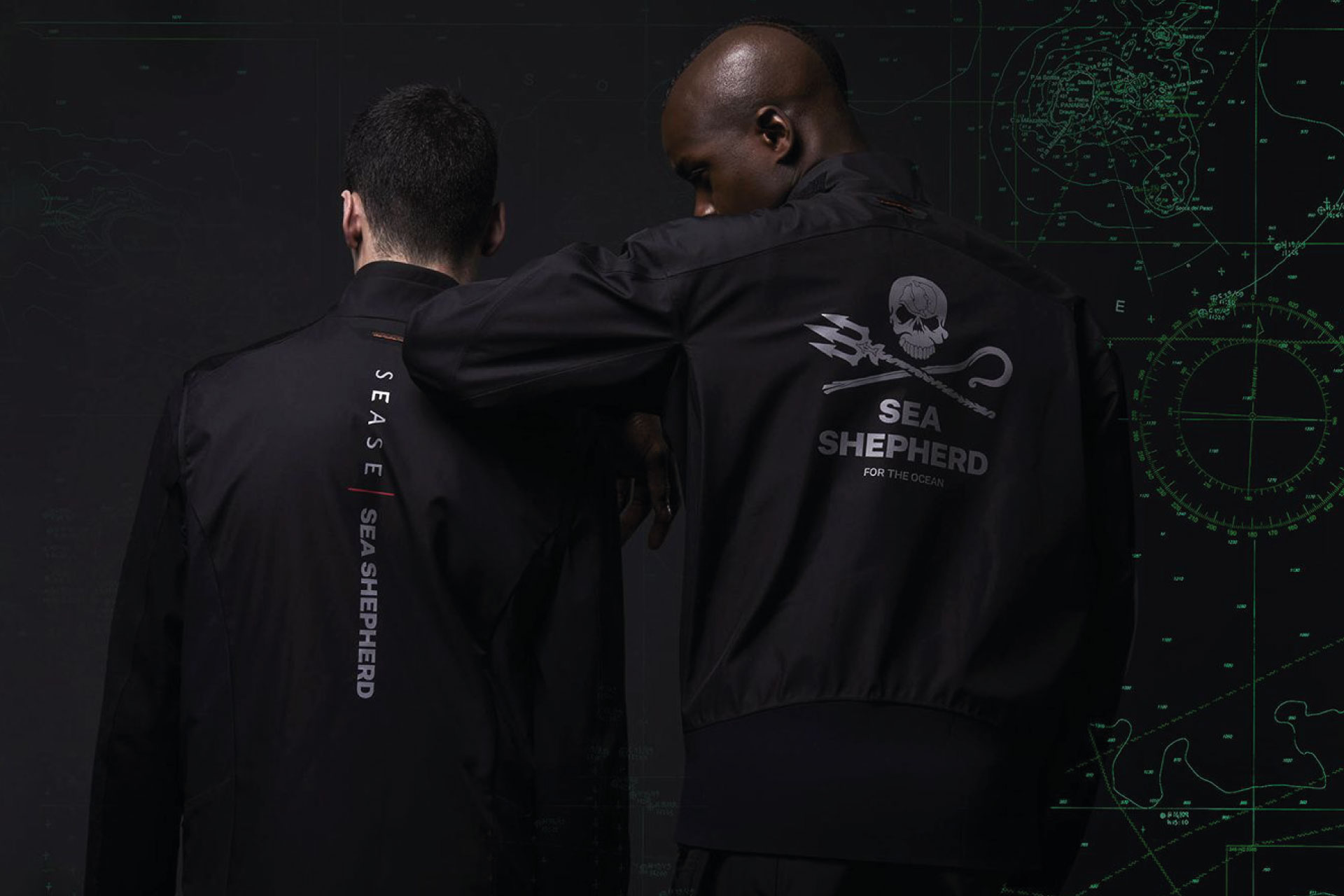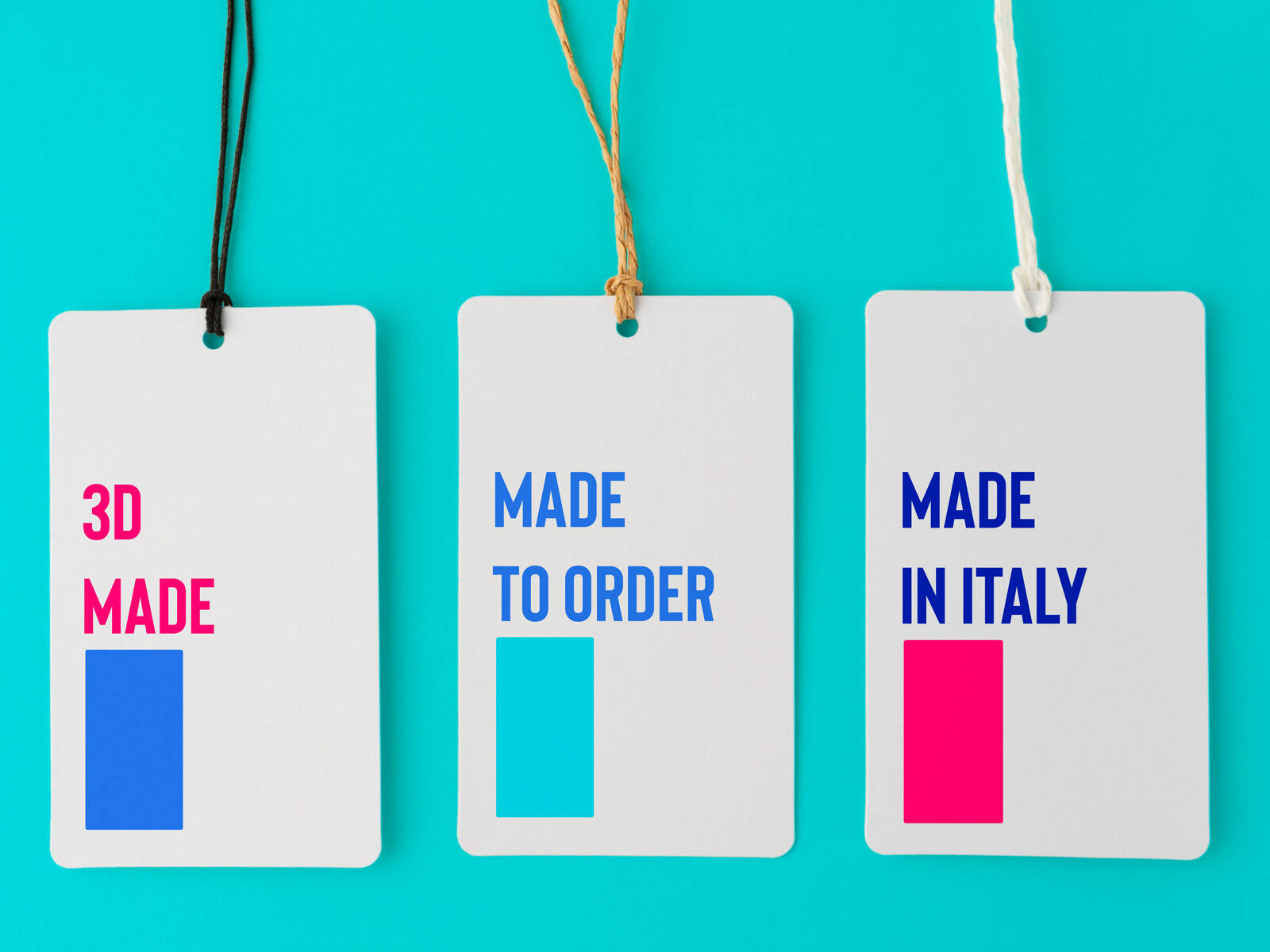At Futureclo we believe in technological innovation and with it we pursue the environmental, economic and social sustainability of the fashion system, supporting our customers and partners in the optimization process.
Pollution and fashion.
The textile industry is responsible for 20% of water waste and 10% of Co2 emissions; within the European Union 2,370,000 tons of materials are wasted every year, 519,214 of these in Italy alone. The data tell us that textile is the most polluting sector in the world, second only to the fossil fuels; therefore, a change of course is urgent which, we believe, doesn’t focus on the concept of producing less but of “producing the right quantities and better”.
There are many terms that are exploited and exasperated to try to give a positive image of fashion, first “sustainability”. But what does it really mean to be sustainable? The use of recycled materials does not make a business sustainable, nor does it reduce its environmental impact if the quantities of unsold products destined for pulp remain unchanged.
How is it possible to reduce your "carbon footprint"?
At Futureclo we believe in technological innovation and with it we pursue the environmental, economic and social sustainability of the fashion system, supporting our customers and partners in the optimization process.
It is, in fact, the technological innovation, specifically 3D technology, which allows us to act within the value creation process and increase the sustainability, as well as the efficiency, of those who rely on our method.
Thanks to the 3D design, each phase of work obtains benefits: in prototyping, with immediate digital correction, the possibility of applying and seeing changes in real time allows a considerable saving of time and reduces the number of prototypes made; thanks to the use of virtual products with real characteristics and qualities manufacturing can be on demand, eliminating the problem of over production as well as unsold garments, and the market can be tested before production, allowing to adapt the offer to the request.
The impact of a textile production supported by 3D, when compared to the traditional method, is therefore significantly reduced. In fact, CO2 emissions are -97% and 3,300 liters of water are saved in the creation of a digital item; moreover, the physical production that follows the virtual design is more aware which reduces the wasted resources even in this phase.
Unfortunately, mere technology is not enough but it is necessary to know how to apply it to the sector to make the most of it by making virtual models comparable to real ones, this is what we do but it is a whole other story that we invite you to discover by following us on official channels or by contacting us for information.



